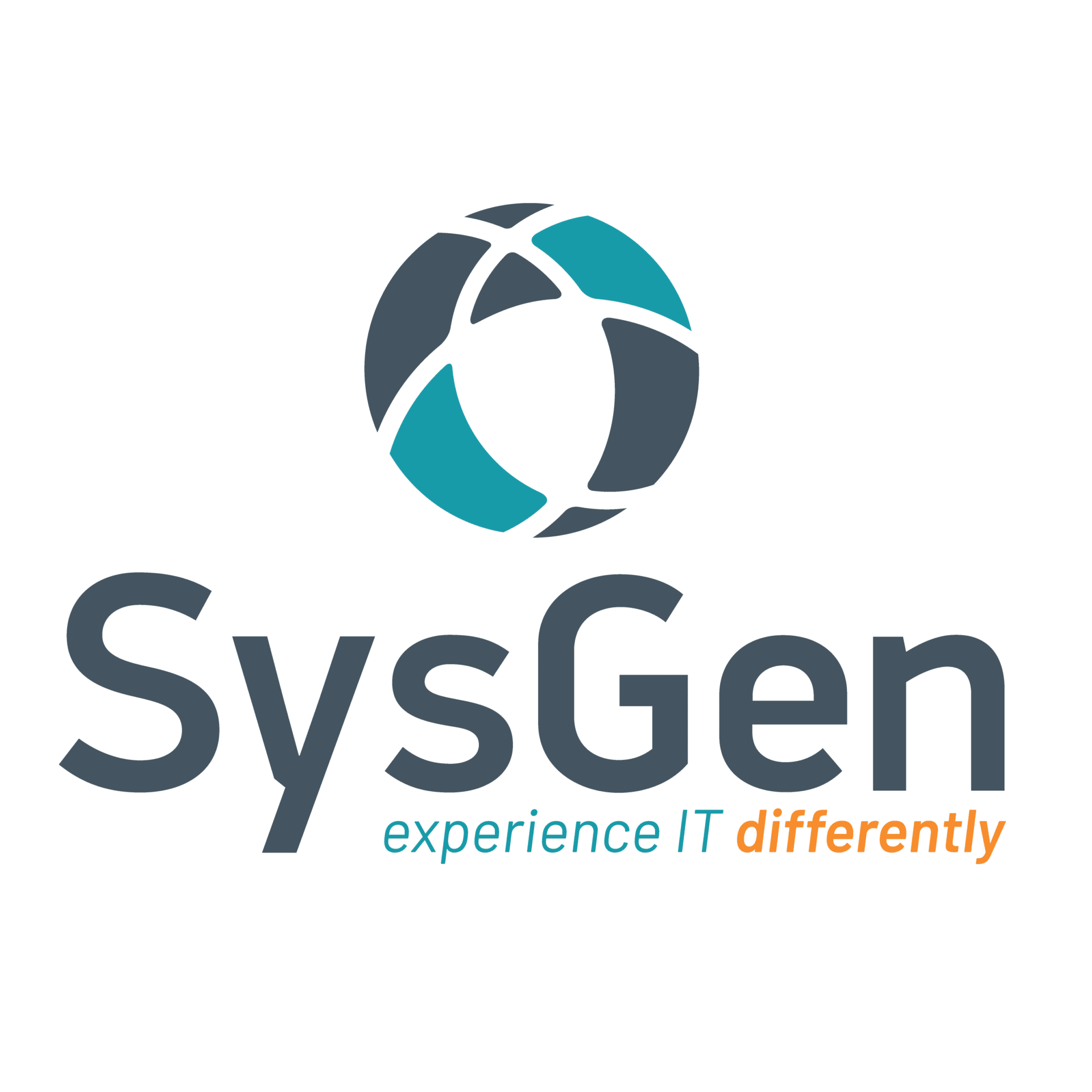Virtualization means
creating a virtual version of IT assets.
Virtualization uses software to simulate the existence of hardware and create a virtual computer system. It enables multiple virtual machines to run on a single piece of hardware.
What can be Virtualized?
Networks, servers, applications, computers, and storage devices are just a few of the technologies that can be virtualized.
Here are examples of how your workplace can benefit from virtualizing:
- Application virtualization allows multiple copies of an application to be distributed from a single physical server
- Desktop virtualization enables several desktop machines to run on one physical server
- Server virtualization allows numerous virtual machines to run on a single physical server
Benefits of Virtualization for My Business
IT virtualization is increasingly popular among businesses, with the global market expected to grow by over 20% by 2030. This growth is driven by the core benefits of virtualization services, from improved performance and cost savings to overall efficiency. Virtualization solutions are capable of being widely implemented. Check out our top six benefits of virtualization services:
-
Run at Peak Performance
Virtualizing enables IT assets to run at their peak performance at a lesser cost. Virtualization reduces capital expenditure on physical hardware. This solution allows companies to use virtual infrastructure, rather than physical hardware, to run necessary software. Consolidating needless resources means less hardware is required and assets are fully utilized.
-
Cost Savings
With virtualization services, you reduce operating costs associated with data center storage. These costs can include space, power, heating, and cooling, which are essential in keeping hardware running optimally.
-
Avoid Downtime
One of the most sought-after reasons for virtualizing IT infrastructure is avoiding downtime. Consolidating computing resources means if one IT asset fails, there’s a backing of technology ready to act as failover support. With high availability, businesses save on time and funds required for disaster recovery plans to bring operations back up to speed.
-
Increased Security
Virtualization reduces the risk of malware and other attacks. Virtualizing solutions isolate virtual machines from each other, preventing the spread of malware from the host system.
-
Flexibility in Your IT Environment
With virtualization solutions, your system has greater agility and flexibility. Virtual machines can be easily transferred from different physical resources to adapt to changing business needs.
-
Improved Resource Allocation
Virtualization services consolidate multiple physical servers into one server with many virtual machines. In so doing, we can reduce hardware costs, power consumption, and cooling requirements required to run your IT environment.
Impact on Your Business
40% decrease in hardware and software costs for IT departments that adopted server virtualization, according to The International Data Corporation (IDC)
The potential of up to 80% reduction in energy costs, according to VMware.
Increase utilization of servers by 30%-50% or even higher.
In a study by VMware, 94% of businesses realized operational savings with virtual infrastructure, and 1/3 of companies saw improved operating efficiency by 50% or more.
Our Virtualization Capabilities
Application Virtualization
Run applications on different operating systems without locally installing them, which means you access your streamed applications on any end-user device.
Desktop Virtualization
Simplifies your desktop solution. By enabling the creation of virtual desktops on any device with an internet connection, you can have several desktops function on one physical server with centralized management of your operating systems.
Hardware Virtualization
Creates a virtualization software layer running between physical hardware and virtual machine to allocate and manage resources to improve operating efficiency and resource utilization.
Server Virtualization
Enables multiple virtual machines to run on a single server.
Storage Virtualization
Creates a virtualized storage pool that allows users to access data and information without a physical access point. This enables businesses to simplify storage management and reduce the cost of purchasing and maintaining physical storage devices
Network Virtualization
Creates multiple virtual networks segmenting and isolates your IT ecosystem when required. This practice improves network security and flexibility and better utilizes network resources.
How Does It Work?
- Environment Assessment
Understanding whether virtualization solutions will work for your business will require your current IT environment to be assessed. Virtualization services are optimal for business owners looking to consolidate their hardware and save money on equipment and power costs.
- Creation of Virtual Machines
Once you’ve started the process of virtualization, your IT provider will begin to create multiple virtual machines (VMs) on a single server.
- Deployment of Virtualization Services
Deployment can occur in different ways. As discussed earlier, there is desktop, application, server, and storage virtualization. The deployment method will depend on what the virtual machine is being used for.
Ready to Experience a Virtualized Environment?
Our team will create a tailored virtualization solution so you can start achieving your business goals.

